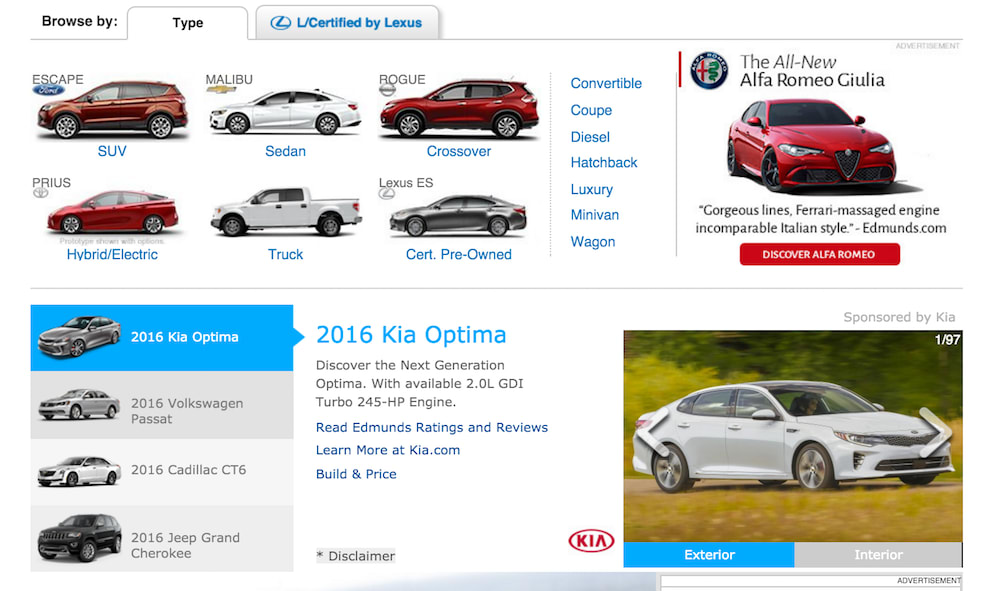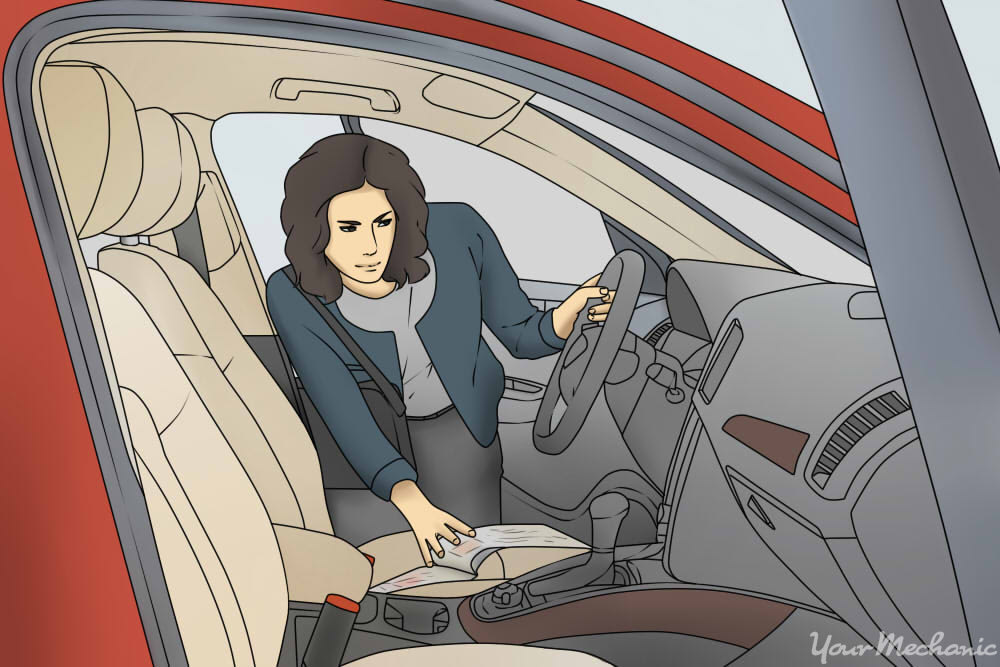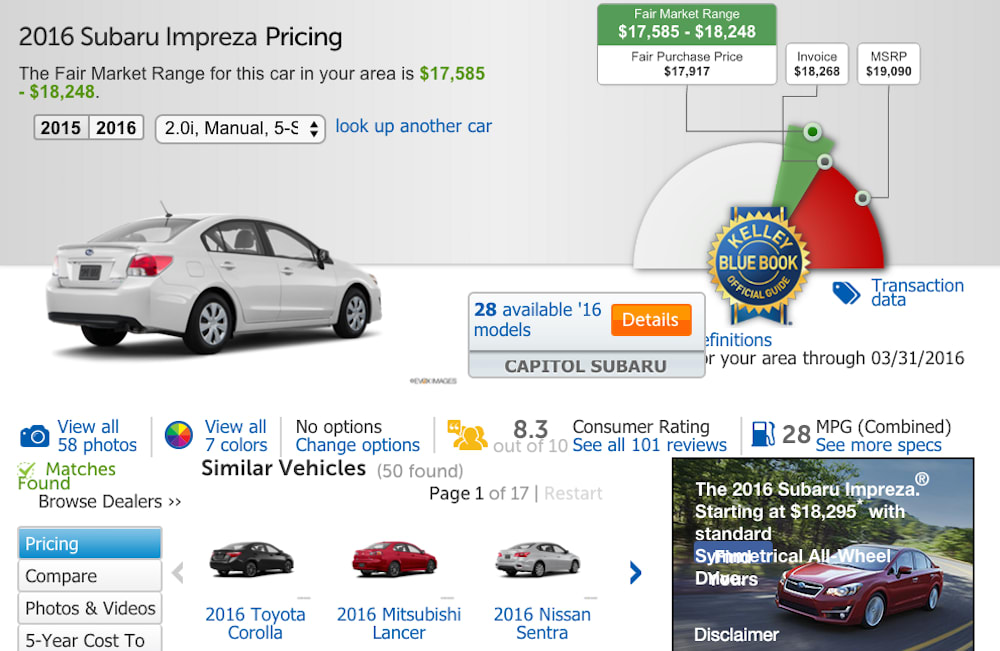Can You Negotiate Car Repairs at a Dealership
Buying a car is the one of the largest purchasing decisions that most people will make - up there with buying a home. It's a major decision to buy a new car mainly because it costs so much money.
In a sales transaction at a car dealership, you primarily converse with a salesperson. The process is outlined as follows:
- You meet a salesperson and explain your needs for a vehicle.
- If you know what model you want, you inform the salesperson.
- The salesperson identifies vehicles they you may be interested in and performs a sales pitch.
- You analyze the vehicle's suitability and test drive the car.
- You settle on a model of vehicle you want.
- You negotiate a sale price and make a sales agreement.
The process of buying a car at the dealership can be daunting, but at each step of the way you can take control of the situation in order to get a better deal on your new car.
Part 1 of 3: Know what you want before meeting a salesperson
If you know your vehicle needs and wants ahead of time, this not only will save you time looking for the right vehicle, it can also save you money by not being as easily persuaded by a dealer.
Step 1: Determine the style of vehicle that meet your needs. By understanding your own needs in a car, you can greatly narrow down what car trims you are in the market for.
There are several factors that will determine what type of car best suits you including:
- Price range
- Gas mileage
- Number of passengers you will need to accommodate
- Lifestyle, hobbies, and activities
- Car appearance and taste
For example, if you live an active lifestyle including camping, boating, or hauling, choose an SUV or truck capable of meeting your needs. Additionally, if you want a sports car for leisure drives, you can eliminate looking at family cars and larger vehicles.
Step 2: Determine the features you want in your vehicle. Don't let features that you don't need sway how much you want to pay for a vehicle. You'll want to thoroughly understand what features you are looking for in your car.
Some features that you may consider are:
- Auxiliary ports
- Bluetooth functionality
- Voice command
- Rear-view camera
- Dual climate control
- Heated seats
- Enhanced safety features
- Push-to-start ignition
If you want a full complement of amenities including leather seats, high-end audio systems, upgraded wheels, and maximum performance, look at the higher trim levels or luxury vehicle brands.
If you only need the basics, such as power windows and locks, keep that in mind for the sales presentation.

Step 3: Identify vehicles that fit your requirements. Narrow down your search on reputable automotive review sites such as Edmunds.com or kbb.com.
After doing thorough research, select your three most desired vehicle models based on your needs.
Pay special attention to the pros and cons of each model, ranking each one based on your own personal criteria.

Step 4: Check each of your three selections without the help of a salesperson. Attend the car dealership for each model you are considering and check out the vehicle in depth by yourself.
Look inside each car and identify whether you fit comfortably in the car, the features you need are included, and whether the layout is pleasing to you or not.
- Tip: Check the car for any cosmetic damage so that you won't be surprised later. You can also bring up minor nicks and scratches later on during negotiation.
After seeing all three selections, adjust your "top three" list to reflect your impressions of the vehicles.
Step 5: Select your top choice vehicle and begin your negotiations. After determining your top choice, get in touch with a member of the dealership to begin a discussion.
Because you already know what vehicle you want and which options you require, a salesperson will have a harder time "upselling" you on additional options or a higher trim level where they would receive more commission.
Part 2 of 3: Eliminate your emotions while negotiating
It's easy to let your emotions cloud your judgment when you are buying a car because it is a big decision and a personal one as well. If you can keep your emotions in check, you can often negotiate a better price on a vehicle.
Step 1: Don't express enthusiasm while the salesperson is presenting the vehicle. Keep a calm, cool demeanor without engaging the salesperson.
If the dealer senses that you are overeager about the car, they may try to take advantage of this by only offering higher prices for the vehicle.
Step 2: Find negative perceptions about the vehicle. Negotiations are usually based less on price than they are about the vehicle's suitability and value, so finding negative aspects can help drive the price down.
The negatives don't need to apply to your situation, but you can use them to get a better deal.
Step 3: Don't fall for the "bait and switch" maneuver. A tactic used in many sales forms is to present a bargain vehicle in an advertisement then switch the interested buyer to a more expensive model when they are at the dealership.
Be firm with the vehicle you are inquiring about and do not switch to a different model in the spark of the moment.
Step 4: Don't rush the sales process. If the sales process moves too quickly, that usually means the salesperson is in control.
- Tip: If the salesperson is quickly agreeable to make the deal, it usually means they're on the better end of the agreement. Opposition from the salesperson is a sure sign that you are pushing for a great deal.
Step 5: Be kind and respectful to the salesperson. No one wants to deal with a difficult customer, so maintain an air of respect with the salesperson and they will do the same.
If you are overly aggressive or rude, your salesperson will stop trying to help you and will stand firm on the price.
Part 3 of 3: Haggle for a fair price lower than advertised
When you are negotiating a fair purchase price, the key is to know what a fair price is and stick to your guns. If you offer a ridiculously low price, you hurt your chances of getting a fair price in the end.

Step 1: Find out a fair purchasing price. After you know what car you would like, you should check Kelley Blue Book's online tool to find a fair purchase price range.
The Fair Purchase Range is a range of prices you can expect to negotiate within, with the average purchase price noted.
- Tip: For the best deal, select an older model year, as there are often more incentives to purchase the outgoing model year.
Step 2: Offer the low end of the Fair Purchase Range. You will want to offer on the low end of the fair purchase range to begin your negotiation.
Starting low will give you an excellent starting point for the negotiation because it can give you some leverage for negotiating a deal.
If you can stay emotionally under control, you may be able to force the salesperson's hand, showing the prices that are considered fair.
If you want to get the best deal, be prepared to walk away if the salesperson won't consider the price. There's always another dealer that you can try your hand with.
Step 3: Discuss the negative aspects of the car. Bring up some of the negative perceptions of the car.
This can include comments about the car's fuel economy, bad reviews, cosmetic damage, or missing features.
Even if the negatives aren't a problem for you specifically, bringing them up can reduce the perceived value of the vehicle.
Step 4: Speak with a manager. If the salesperson won't budge on price, ask to speak with a manager.
A manager, knowing a deal is likely, may undercut a salesperson if necessary to complete a sale.
Since each car sale is different, each dealership operates independently, and each person has their own sales style, the results will vary for each experience. By being fully prepared to negotiate your car, you can put yourself in position to get the best deal possible for your car.
If you are serious about buying a particular car, have a pre-purchase inspection done by a certified technician from YourMechanic. This will help ensure that you will not have any surprise repairs needed that could add to the overall costs for your purchase.
The statements expressed above are only for informational purposes and should be independently verified. Please see our terms of service for more details
Can You Negotiate Car Repairs at a Dealership
Source: https://www.yourmechanic.com/article/how-to-negotiate-a-better-deal-at-the-car-dealership-by-jason-unrau